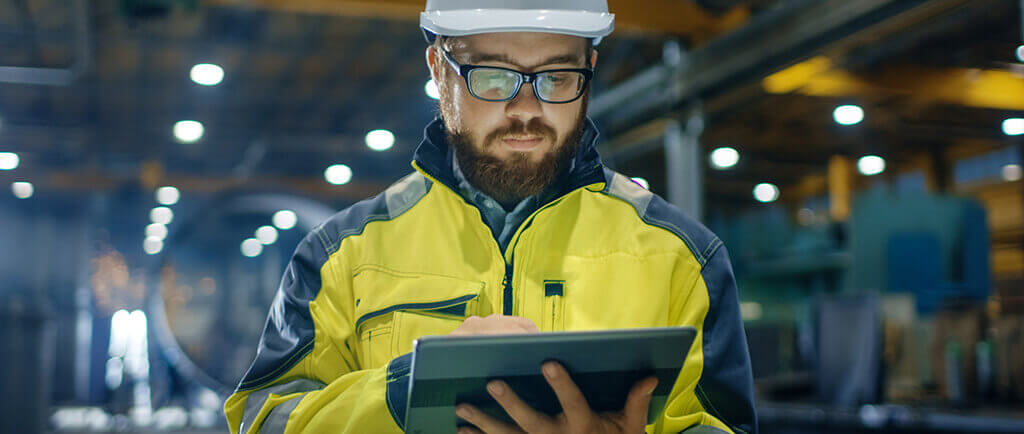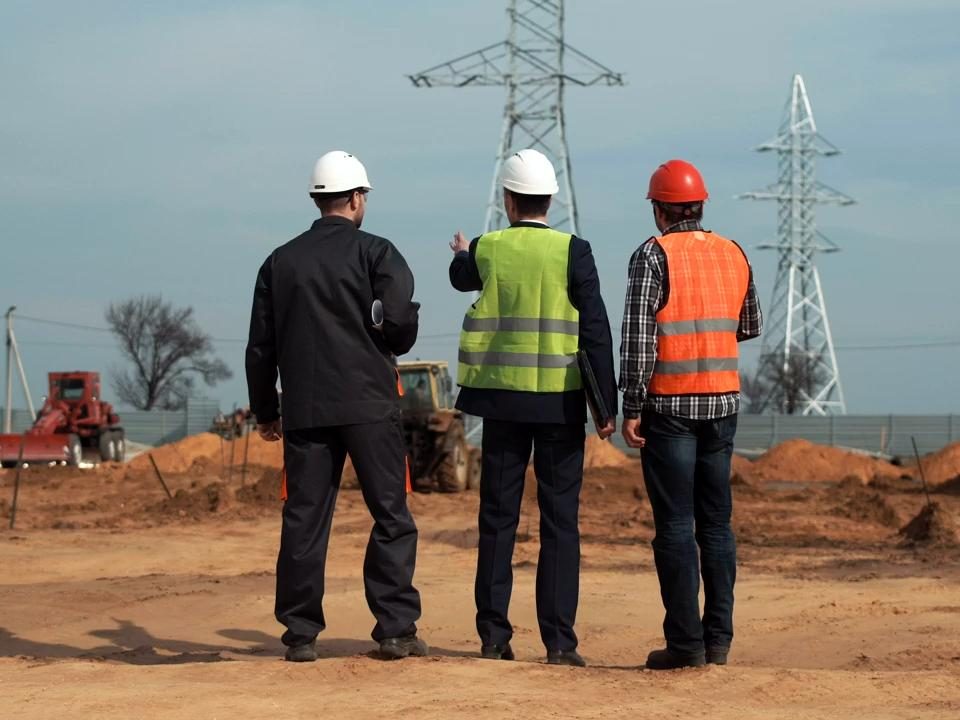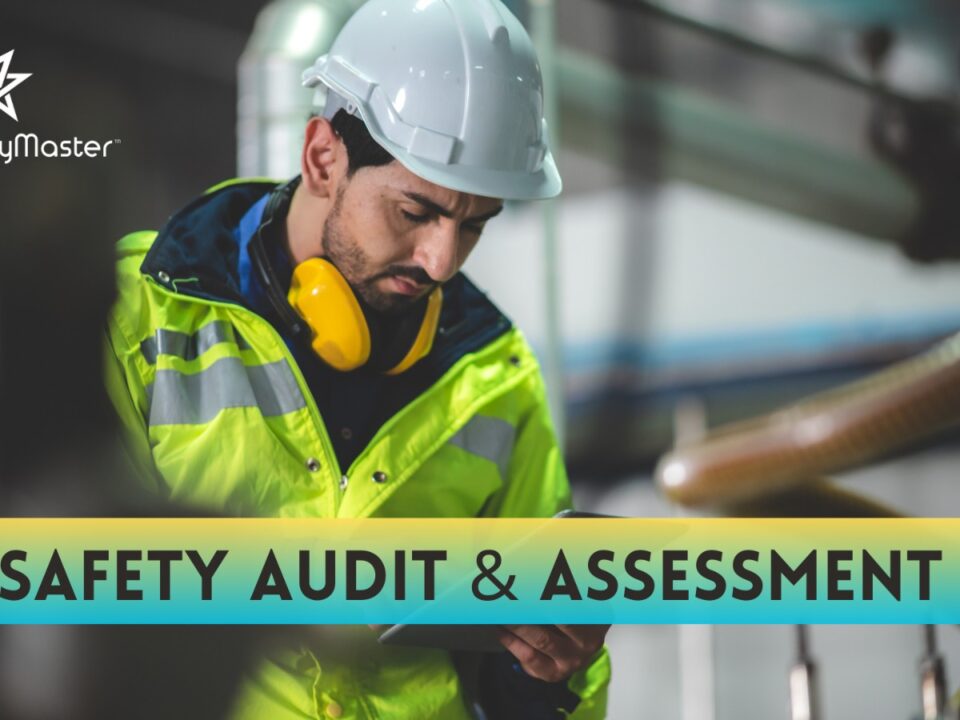Bridging Safety Gaps with Technology and AI

ISO45001 or ISO14001 System Implementation – The Safety Master
April 9, 2024
Tool Safety: Proper Handling and Maintenance of Hand and Power Tools
April 27, 2024In the complex web of modern industrial operations, safety remains a cornerstone of organizational integrity and efficiency. Safety gap assessments are critical in identifying the disparity between current safety measures and the ideal standards that organizations strive to meet. As technology and artificial intelligence (AI) make significant strides, their integration into safety protocols provides an advanced means of not only identifying but effectively mitigating these gaps.
The Importance of Identifying Safety Gaps
Safety gaps represent vulnerabilities within an organization’s safety protocols that, if unaddressed, can lead to serious accidents and financial losses. These gaps could range from insufficient safety training for employees to outdated or malfunctioning equipment. For instance, in the manufacturing sector, a safety gap might involve the lack of proper protective gear for handling hazardous materials. Identifying these gaps is the first step towards creating a safer work environment.
Technological Innovations in Safety Assessments
Recent advancements in technology offer new tools for safety officers and industry managers to detect and assess risks more accurately. IoT (Internet of Things) devices, for example, can be used to monitor workplace environments in real-time, sending alerts when conditions deviate from set safety parameters. Sensors can track everything from toxic gas levels to temperature extremes, offering data that can be immediately analyzed to assess risks.
AI: A Game-Changer in Predictive Safety
Artificial intelligence transforms vast amounts of data into actionable insights, making it a game-changer in the field of safety gap assessments. AI algorithms can process data from past incidents, equipment wear and tear, and operational routines to predict potential future accidents before they occur. This predictive capability allows organizations to shift from a reactive to a proactive stance in managing workplace safety.
Case Studies Highlighting AI’s Impact
One compelling example of AI’s impact can be seen in a large automotive manufacturing plant. By integrating AI with their existing safety systems, the plant management was able to predict potential failure points in machinery that, if failed, could pose risks to worker safety. The AI system recommended preventive maintenance schedules that effectively reduced downtime and incidents of equipment-related injuries.
Similarly, in the healthcare sector, AI tools have been used to predict patient falls in hospitals. By analyzing movement patterns and correlating them with medical histories and real-time physical conditions, AI systems provided staff with alerts about high-risk patients, significantly reducing fall incidents.
Challenges in Implementing Technology and AI
While the benefits are significant, integrating advanced technology and AI into existing safety systems is not without challenges. Concerns about privacy and data security arise as more sensitive data is collected and analyzed. There is also the risk of over-reliance on technology, where human judgment is undervalued. Organizations must address these challenges by ensuring that technological implementations are complemented by strong ethical guidelines and robust data security measures.
The Human Element in Technology-Driven Safety
It’s crucial to remember that technology and AI are tools that augment, not replace, human expertise in safety assessments. Training for safety officers must evolve alongside technological advancements, empowering them to interpret AI-generated data and make informed decisions. The human element remains irreplaceable in managing and responding to dynamic and complex safety scenarios.
Future Directions in Safety Assessments
As we look to the future, the integration of AI and technology in safety assessments will likely become more sophisticated. We can anticipate the development of AI systems capable of learning and adapting to new safety challenges without human input. Furthermore, the use of virtual reality (VR) and augmented reality (AR) in training can revolutionize how safety procedures are taught and understood, making training more interactive and effective.
Conclusion: A Safer Tomorrow
The integration of technology and AI into safety gap assessments represents a major leap forward in our ability to protect workers and ensure operational safety. By leveraging these innovative tools, organizations can significantly enhance their ability to foresee and mitigate potential safety issues, paving the way for a safer and more efficient working environment.
Continued innovation and thoughtful integration of technology will be essential as we strive to close the safety gaps that remain in many industries. It is through these advancements that we can look forward to a future where workplace accidents become increasingly rare and the well-being of workers is consistently upheld.




